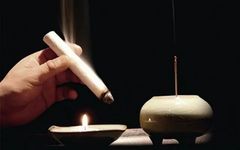Health preservation and care are based on non-injury.
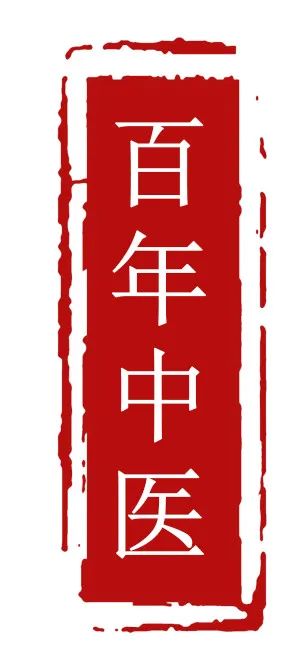

Moxibustion, abbreviated as moxibustion therapy or moxa therapy, is a treatment method that uses moxa sticks or moxa cones made from mugwort (Ai Ye) to generate heat that stimulates acupuncture points or specific areas of the body. This process activates the flow of Qi (vital energy) to adjust the disordered physiological and biochemical functions of the body, thereby achieving the purpose of disease prevention and treatment. The mechanism of action of moxibustion is similar to that of acupuncture and complements acupuncture in therapeutic effects.
Classification of Moxibustion
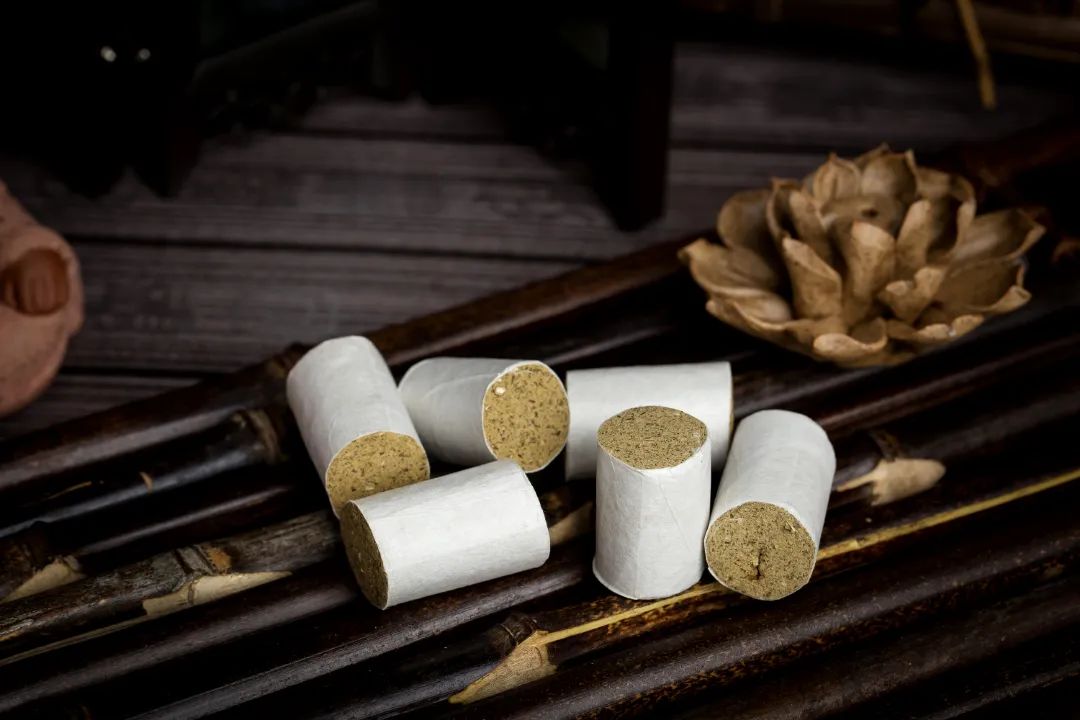

 1. Direct Moxibustion
1. Direct Moxibustion

Non-Scarring Moxibustion: This method applies moxibustion with a moderate temperature to avoid blistering and does not leave scars. It is suitable for mild symptoms of deficiency-cold diseases.
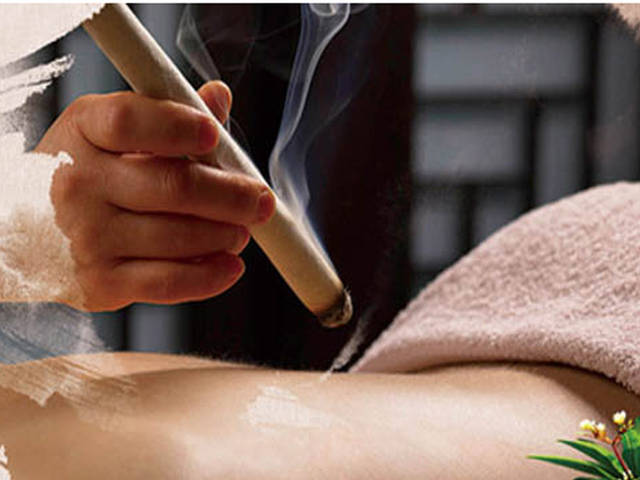
Blistering Moxibustion: This method applies a lighter degree of burning to the skin. When the skin feels hot, moxibustion is continued for 3-5 seconds, causing yellow spots and sweating, which will blister after 1-2 hours. It is suitable for general chronic deficiency-cold diseases such as asthma, dizziness, chronic diarrhea, and skin warts.
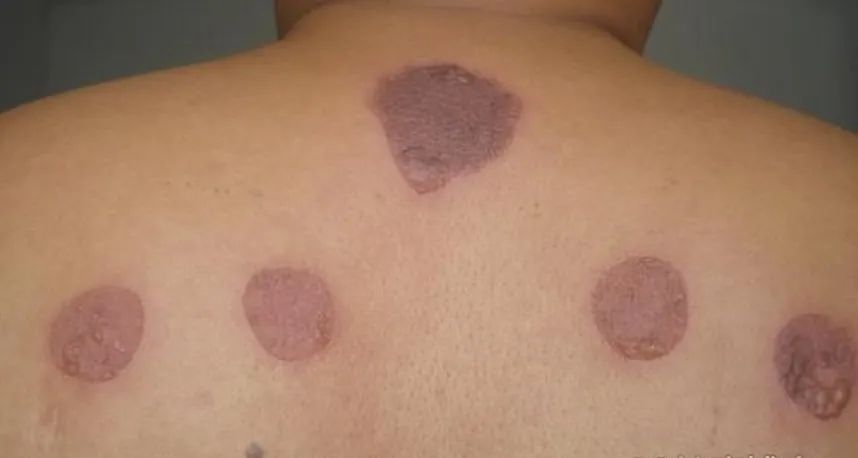
Scarring Moxibustion: Also known as suppurative moxibustion, this method is applied directly to acupuncture points, causing local tissue to become burned, suppurate, and scab. After the scab falls off, a permanent scar remains. This method is suitable for asthma, pulmonary tuberculosis, epilepsy, ulcer disease, chronic gastrointestinal diseases, and has a preventive effect on stroke for patients with hypertension.
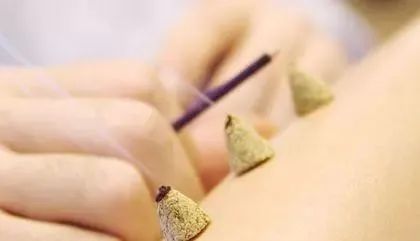
— —
—
 2. Indirect Moxibustion
2. Indirect Moxibustion

Ginger-Indirect Moxibustion: This method uses slices of ginger as a barrier for moxibustion. Fresh ginger is warm and non-toxic, promotes circulation, dispels cold, and opens the meridians. It is suitable for all deficiency-cold diseases, especially effective for vomiting, abdominal pain, diarrhea, and wind-cold-dampness obstruction.

Garlic-Indirect Moxibustion: This method uses garlic as a barrier for moxibustion. Garlic is warm and disperses, has the effect of reducing swelling and detoxifying. Clinically, it is suitable for treating abscesses, carbuncles, unripe sores, unknown swellings, pulmonary tuberculosis, abdominal masses, and injuries from snake or scorpion bites.

Salt-Indirect Moxibustion: This method uses salt as a barrier for moxibustion, specifically applied to the navel area, also known as Shenque moxibustion. Salt is cold and salty, entering the stomach, kidney, and large intestine meridians, with effects of inducing vomiting, clearing heat, cooling blood, and detoxifying. This method is used for acute abdominal pain, vomiting, diarrhea, dysentery, cold limbs, gonorrhea, and collapse.

Fuzi-Indirect Moxibustion: This method uses Fuzi (Aconite) as a barrier for moxibustion. Fuzi is warm and toxic, can revive yang and rescue from collapse, tonify fire and assist yang, dispel cold and relieve pain. Fuzi combined with moxa fire is suitable for treating various yang deficiency diseases.
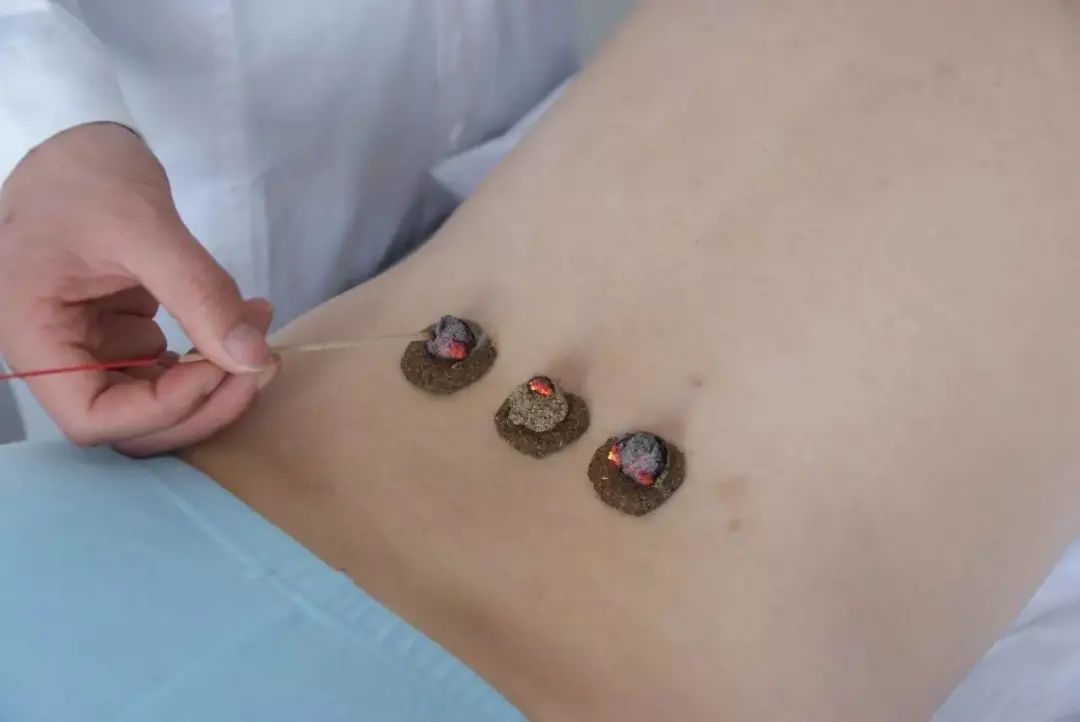
— —
—
 3. Moxa Stick Moxibustion
3. Moxa Stick Moxibustion

Gentle Moxibustion: The practitioner places their left hand’s middle and index fingers on both sides of the acupuncture point to sense the patient’s skin temperature. This method warms the meridians, dispels cold, and eliminates pathogens, commonly used for chronic diseases and widely applied in clinical practice.
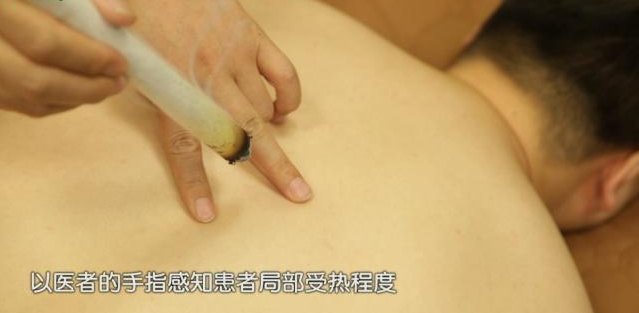
Rotating Moxibustion: The ignited moxa stick is rotated above the treatment area, maintaining a distance of 3 cm from the skin, moving back and forth or rotating repeatedly, creating a warm sensation without burning. Generally, this can be applied for 20-30 minutes and is suitable for rheumatic pain, neurological paralysis, and widespread skin diseases.

Pecking Moxibustion: The ignited end of the moxa stick is directed at the acupuncture point, moving up and down like a bird pecking rice, generally applied for about 5 minutes. This method is often used for treating acute diseases, emergency resuscitation, and pediatric ailments; caution is needed to avoid burns.
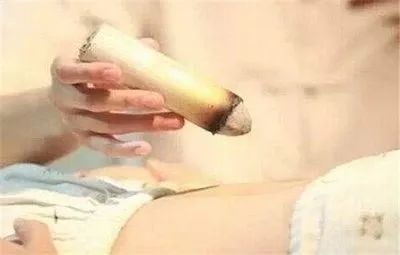

 Follow us for more exciting content.
Follow us for more exciting content.

